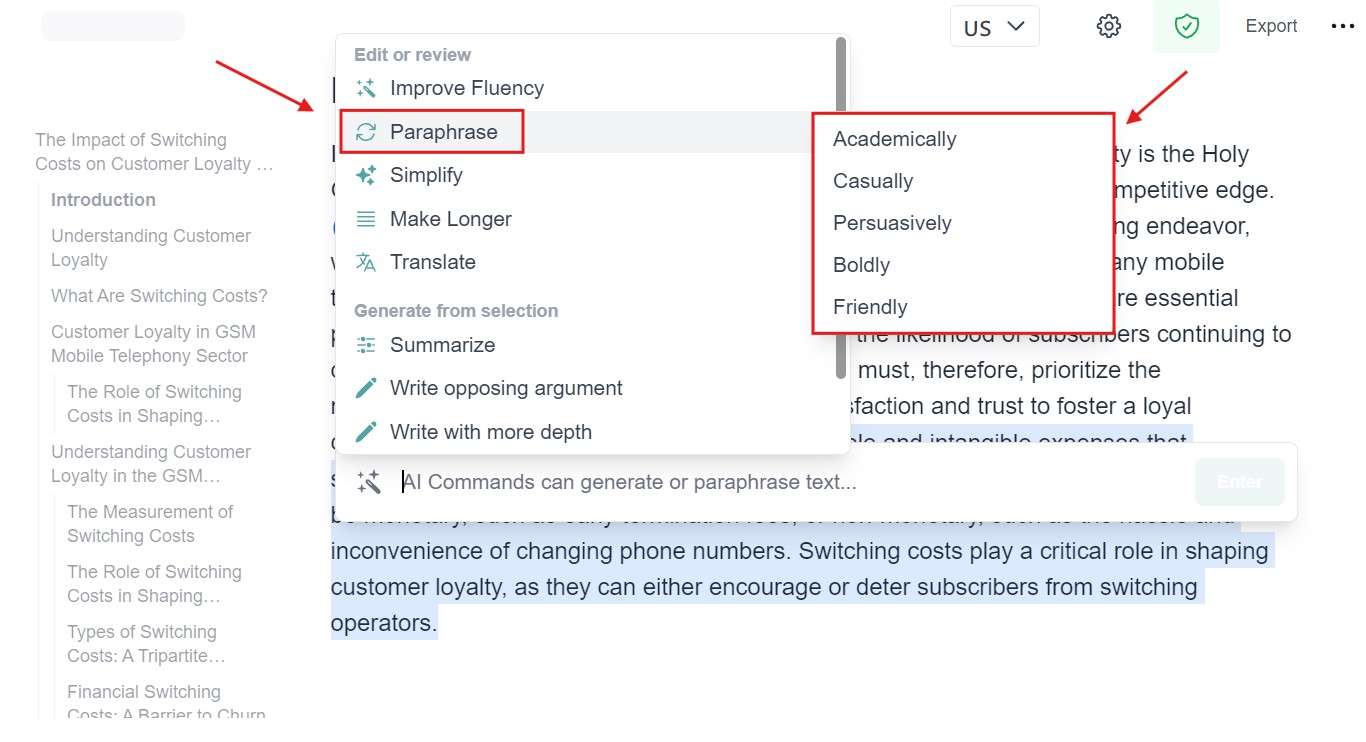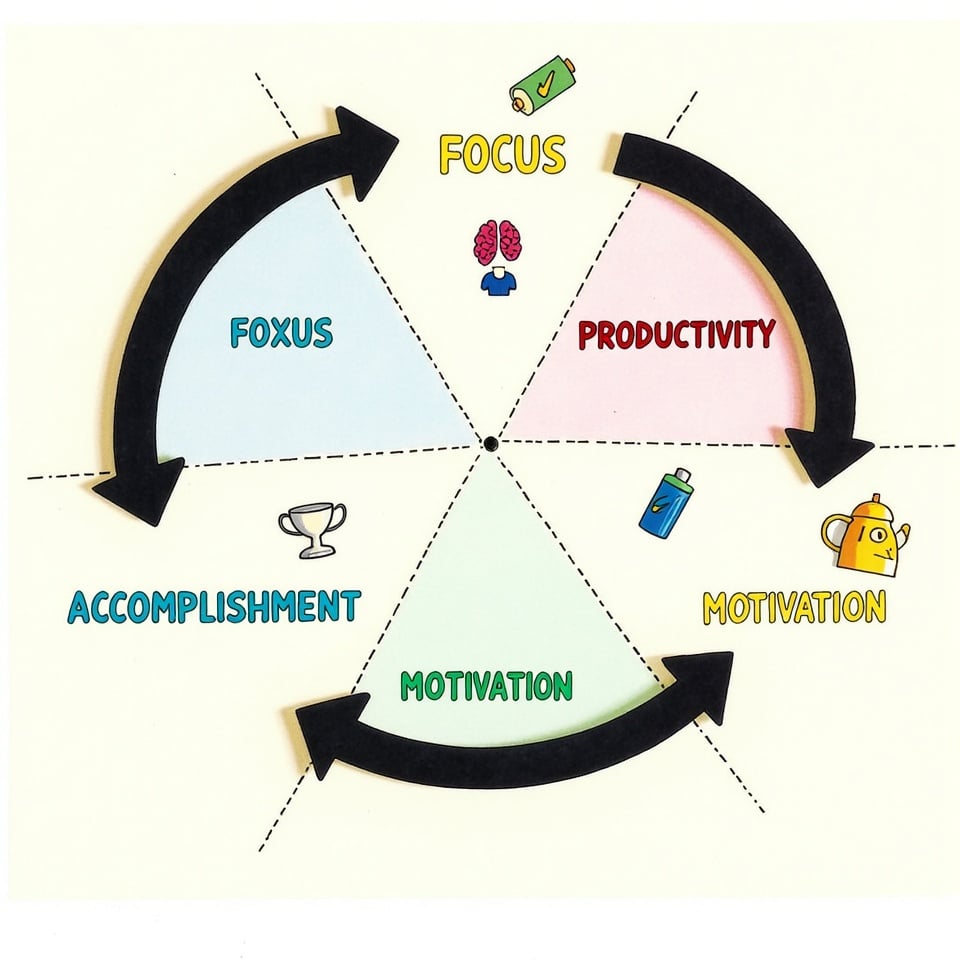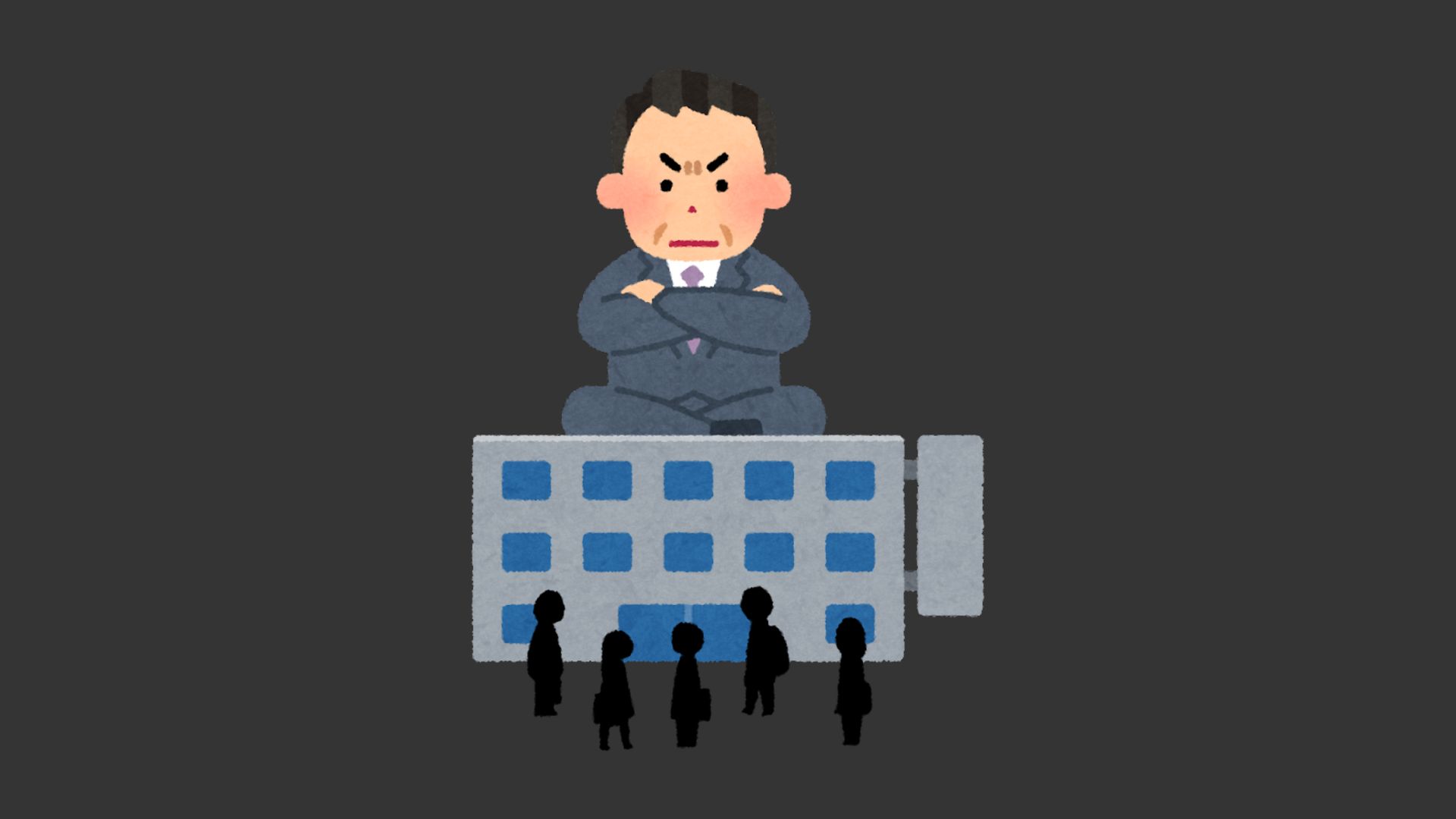Do you want to say something in your own words without changing what it means?
Paraphrasing is a useful skill that can help you do that.
In this article, I’ll show you how to paraphrase a sentence in a few easy steps.
Table of Contents
What is Paraphrasing a Sentence?
Paraphrasing a sentence means saying the same thing in different words.
You’re not copying the original sentence, but instead, you’re using your own words to express the same idea or meaning.
Examples of Paraphrasing
Let’s look at some examples of paraphrasing:
Original sentence: The sun is shining brightly in the sky. Paraphrased sentence: The sky is filled with sunlight.
Original sentence: My favorite food is pizza. Paraphrased sentence: I love to eat pizza more than any other food.
Notice how the paraphrased sentences say the same thing as the original sentences, but use different words? That’s what paraphrasing is all about!
Try to paraphrase this sentence on your own:
Original sentence: The dog is running quickly across the field.
Can you think of a different way to say the same thing?
Step-by-Step Guide to Paraphrasing
Paraphrasing can seem like a daunting task, but it’s actually a simple process that can be broken down into a few easy steps.
By following these steps, you can learn to paraphrase like a pro.
Remember, paraphrasing is about understanding the original idea and expressing it in your own words.
Let’s get started!
Step 1: Understand the Meaning of the Original Sentence
Before you can paraphrase a sentence, you need to know what it means.
Read the sentence carefully and try to understand what the author is saying.
Ask yourself:
- What is the main idea of the sentence?
- What are the key words or phrases that help explain the idea?
Step 2: Use Paraphrasing Techniques to Rewrite the Sentence
Now that you understand the sentence, it’s time to rewrite it in your own words.
Here are some techniques to help you:
- Use synonyms: Replace key words with similar words that mean the same thing.
- Change the sentence structure: Switch the order of the words or use a different sentence pattern.
- Use your own words: Try to express the same idea without copying the original sentence.
For example, if the original sentence is: “The new school building is very big.”
You could paraphrase it by using synonyms: “The new school building is enormous.”
Or by changing the sentence structure: “The school’s new building is really large.”
Step 3: Double-Check the Syntax and Meaning
After you’ve rewritten the sentence, read it carefully to make sure it makes sense. Check that:
- The sentence is grammatically correct
- The meaning is the same as the original sentence
If your paraphrase doesn’t make sense or changes the meaning, try again!
Step 4: Add a Citation
If you’re using someone else’s idea or words, you need to give them credit. This is called citing your source.
Step 5: Review and Refine Your Paraphrase
Finally, read your paraphrase one more time to make sure it’s the best it can be.
Ask yourself:
- Is the sentence clear and easy to understand?
- Does it convey the same meaning as the original sentence?
If you’re happy with your paraphrase, you’re done! If not, try refining it until you’re satisfied.
Paraphrasing Made Easy with Blainy
Want to paraphrase your content quickly and easily?
Blainy can help!
Our paraphrasing feature makes it simple to rewrite your text in your own words.
Here’s how it works:
- Select the text you want to paraphrase.
- Ask Blainy to paraphrase it for you.
- Blainy will rewrite the text in a new and unique way.

All you need to do is read the paraphrased text and refine it to make sure it sounds like you.
Easy peasy!
But that’s not all. Blainy also has a citation tool that helps you give credit to the original authors.
You can use it to cite sources in APA, MLA, Harvard, and IEEE formats.

This way, you can be sure you’re using someone else’s ideas responsibly and avoiding plagiarism.
With Blainy, paraphrasing has never been easier!
Common Paraphrasing Mistakes to Avoid
When you’re paraphrasing, it’s easy to make mistakes that can get you into trouble.
But don’t worry, we’re here to help you avoid them!
By knowing what to watch out for, you can make sure your paraphrased text is accurate, original, and properly credited.
Here are some common mistakes to avoid:
Not Changing Enough to Avoid Plagiarism
When you paraphrase, you need to change the original text enough so that it’s not considered plagiarism.
This means using your own words and sentence structure, rather than just swapping out a few words here and there.
If you don’t change enough, you might accidentally copy someone else’s work, which is not okay.
Distorting the Original Meaning
Another mistake to avoid is changing the original meaning of the text.
When you paraphrase, you want to keep the same idea and message as the original text, but express it in your own way.
If you change the meaning, you might confuse your readers or misrepresent the original author’s ideas.
Forgetting to Add a Citation
Finally, don’t forget to give credit to the original author by adding a citation!
This is important because it shows that you’re using someone else’s ideas responsibly and respectfully.
Without a citation, it might look like you’re trying to pass off someone else’s work as your own, which is not cool.
Paraphrasing Techniques and Tips
Now that you know what paraphrasing is and how to avoid common mistakes, let’s talk about some techniques and tips to help you paraphrase like a pro!
Techniques for Paraphrasing
Here are some techniques you can use to paraphrase:
- Synonym substitution: Replace words with their synonyms. For example, instead of saying “happy”, you could say “joyful” or “cheerful”.
- Sentence restructuring: Change the way the sentence is structured. For example, instead of saying “The dog ran quickly”, you could say “Quickly, the dog ran”.
- Word order changes: Change the order of the words in the sentence. For example, instead of saying “The sun sets slowly”, you could say “Slowly, the sun sets”.
Tips for Effective Paraphrasing
Here are some tips to help you paraphrase effectively:
- Use your own words: Try to use your own words instead of copying phrases or sentences from the original text.
- Avoid copying phrases or sentences: If you find yourself copying phrases or sentences, try to rephrase them in your own words.
- Use a thesaurus or dictionary for help: If you’re stuck, try using a thesaurus or dictionary to find synonyms or alternative words.
The key to good paraphrasing is to use your own words and express the idea in a new and unique way. With practice, you’ll get better and better at paraphrasing!
Final Thoughts
Paraphrasing is an important skill that can help you express your ideas in a new and unique way. By following the techniques and tips we’ve shared, you can become a pro at paraphrasing!
Remember to always use your own words, avoid copying, and give credit to the original authors. With practice, you’ll be able to paraphrase like a pro and take your writing to the next level!
Frequently Asked Questions about Paraphrasing
How to Paraphrase a Sentence Example?
Here’s an example of paraphrasing a sentence: Original sentence: “The sun is shining brightly in the clear blue sky.” Paraphrased sentence: “The sky is a brilliant blue and the sun is shining strongly.” See how the words are different, but the meaning is the same? That’s paraphrasing!
What are the 5 Steps of Paraphrasing?
To paraphrase, follow these 5 easy steps: Read the original text carefully, Understand what it means, Take notes on the main ideas, Use your own words to rewrite it, and Check to make sure it still makes sense. By following these steps, you can create a new sentence that says the same thing as the original text.
What is the Easiest Way to Paraphrase?
The easiest way to paraphrase is to use your own words to say the same thing. Try replacing words with synonyms, or changing the order of the sentence. You can also break down the sentence into smaller parts and rephrase each part separately. Remember, the goal is to keep the same meaning, but use different words.
How do you Rephrase a Sentence?
To rephrase a sentence, start by reading it carefully and understanding what it means. Then, try to say the same thing in your own words. Use different words and phrases to convey the same idea. For example, if the original sentence says “I love playing soccer,” you could rephrase it as “Soccer is my favorite sport to play.”







